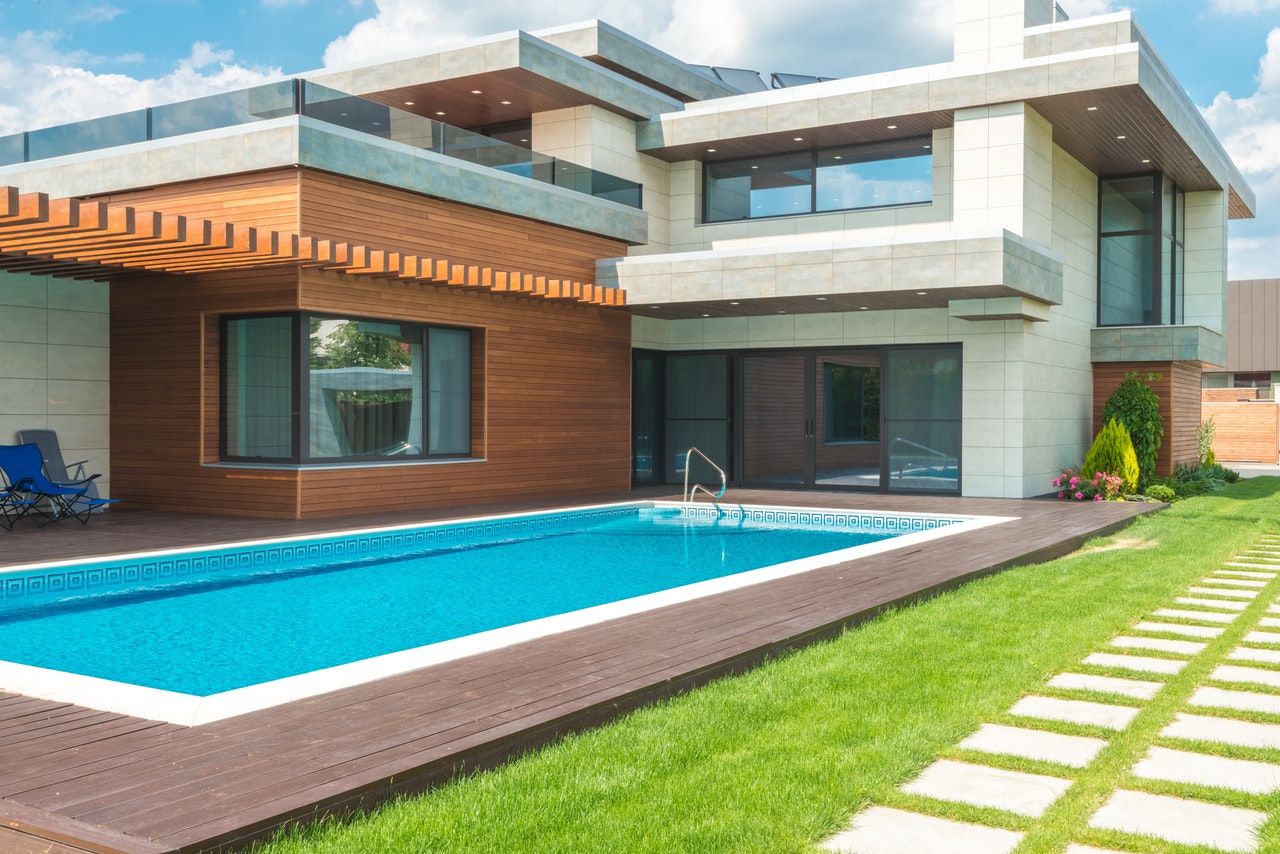Refurbish your swimming pool deck with new floorings before summer!
Are you looking for the refurbishment of your house or garden area – flooring is an integral part of redecoration. A new decking gives a facelift to the entire home and adds life to the space. You have a wide range of flooring options, but the current favourite is composite flooring.
Composite decking is a type of artificial board that combines recycled plastic film and wooden fibres. Some also refer to it as wood-plastic or poly-wood as a common term. More and more people are switching to timber plastic because it is economical and environmentally friendly. It is an excellent alternative to timber.
There are several types of composite flooring, but every construction is different, and you must ascertain the right flooring style that suits your home the best. You must know each decking style’s diverse types and respective utilities to decide which one to finalize. Here are the 5 types of timber decking types and the utilities.
- Solid composite deck: Solid combi decking is extremely popular that uses heavy boards to make solid permanent flooring in large spaces like homes, hotels and commercial spaces. These are very robust and ideal for extensive area coverage. The downside is the heaviness of the wood. Since its solid wood, it is heavy and results in contraction during extreme weather conditions. This leads to the formation of gaps between two timber pieces that loosens the joints. You would also require professional contractors to do the flooring as it is not a DIY project.
- Hollow composite floors: Another common name for open decks is a blank combination board. It is a lightweight timber option for flooring. It is less timber and more like a plastic sheet, so tearing and damage is possible if you put heavy objects. You will need to use caps or fascia boards to fasten the edges of hollow floorings. A good caping is necessary, or else it may result in the rotting of timber.
- Uncapped decks: These are some of the oldest forms of compound decking. It is not common anymore as it results in fading, staining and moulding during extreme weather conditions. These are simple to install, so ideal for smaller DIY projects. Ideal for birdhouses, planter boxes and small areas.
- Capped composite floors: One of the most popular options of contemporary floorings are the capped combi decks. These are small with think PVC veneer or caps. The caps help in fastening the decks and protects them from expansion or contraction during extreme weather. The cap is unique and therefore does not rot. It has a special coating that prevents discolouration, stain and scratch. The colour of capped decking resembles the original timber floor.
- Combined boards: Opt for composite boards if you are looking for minimal maintenance and budget-friendly flooring options. These are an ideal alternative to timber as these are popular choices for indoor and outdoor decking.
It is essential to discuss your requirements with the installation engineer before finalizing the type of deck. Some floorings are suitable for outdoor spaces as they are weather-resistant, and some are only best for indoor. Make a wise and aesthetic choice.
